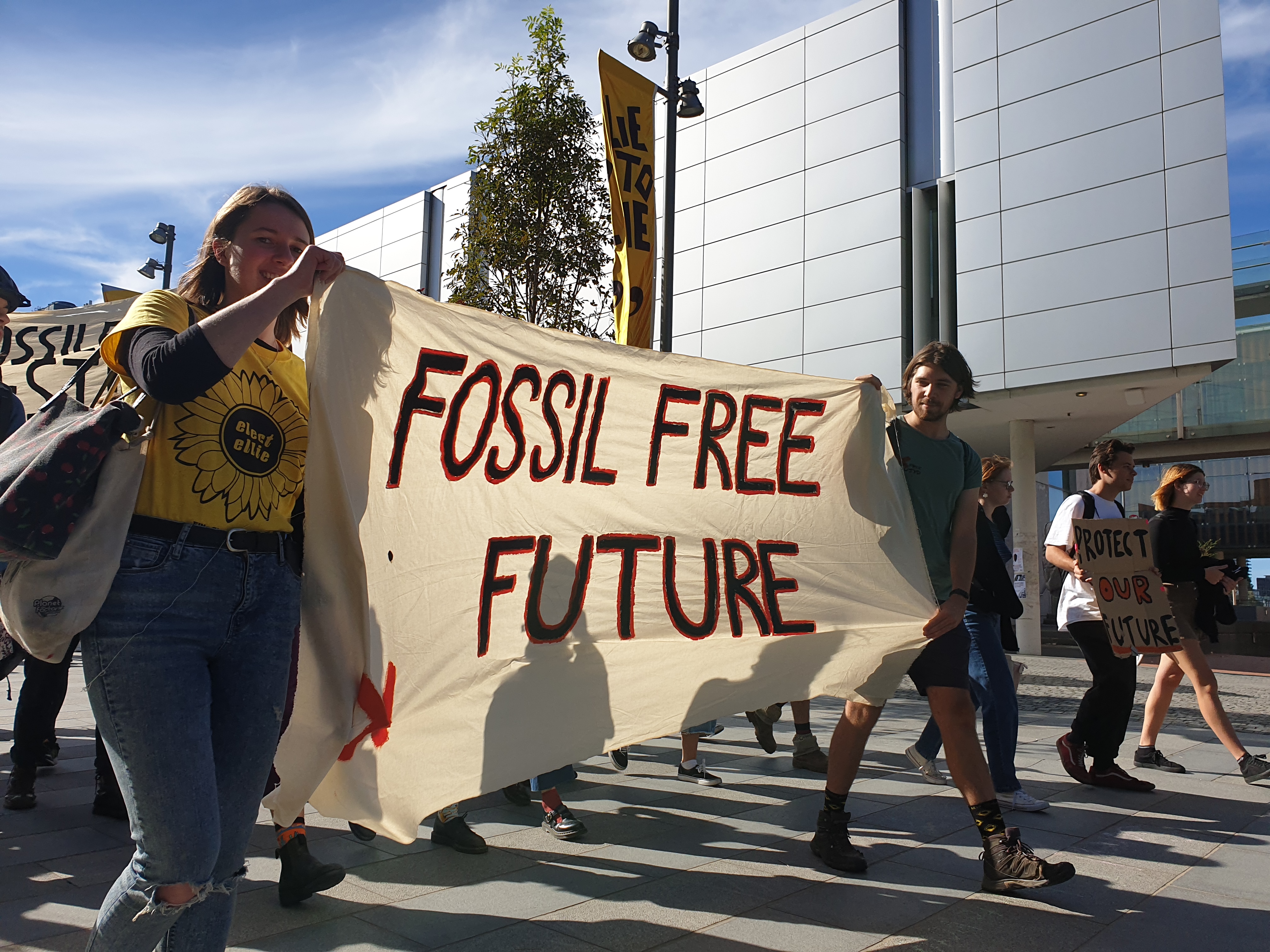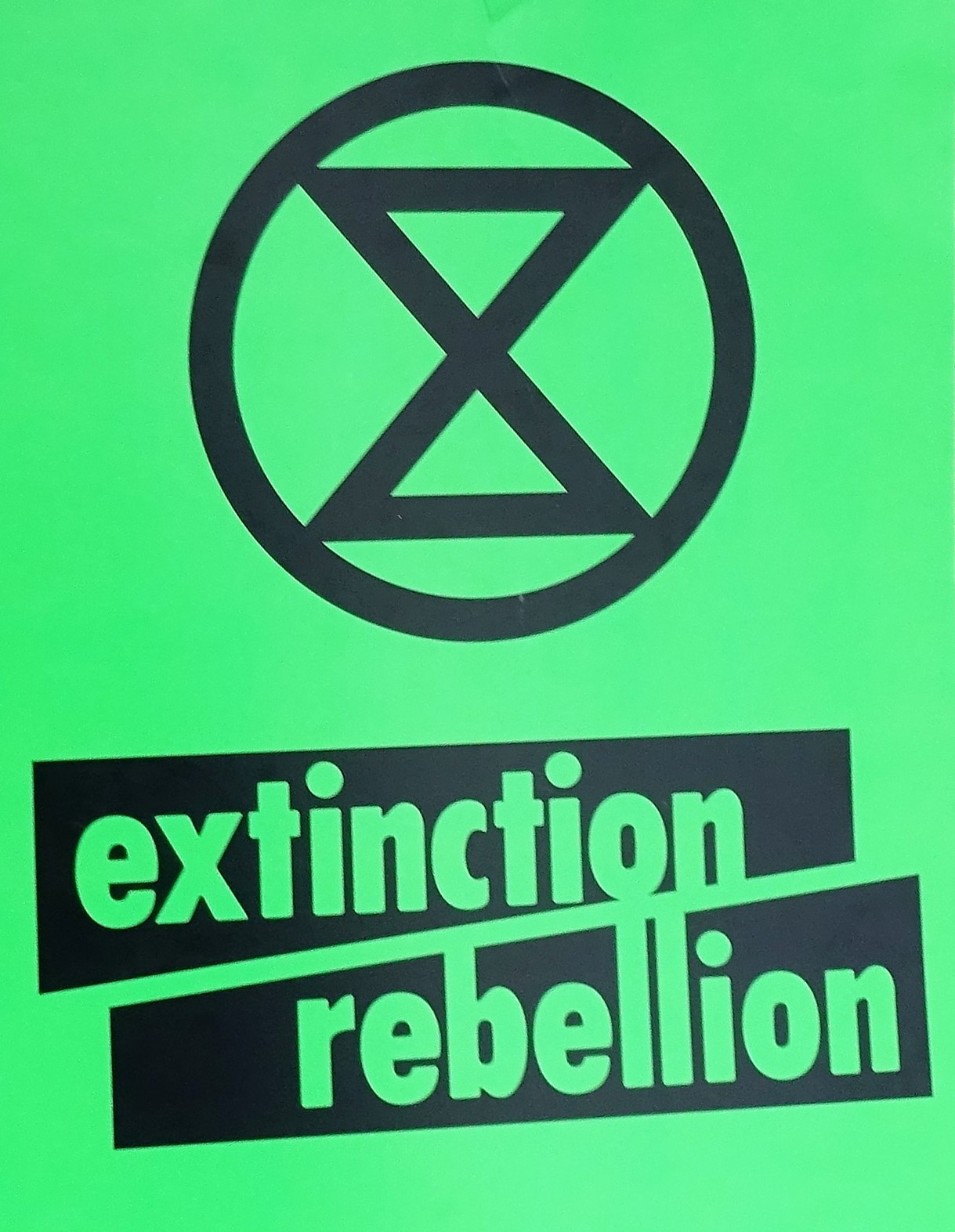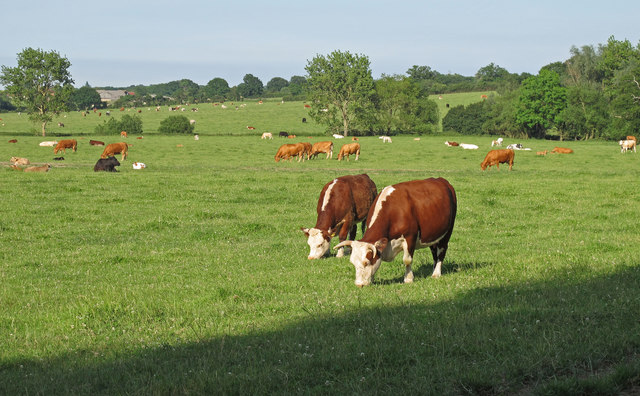The Amazon rainforest has seen a record number of fires this year, with the majority occurring in the past month. Satellite data has shown an 84 per cent increase in Amazon wildfires compared to last year. As more and more international attention has been directed to the situation in Brazil, questions have arisen regarding the cause of the fires and the Brazilian government's responsibility.
Most of the recent fires are reported to be manmade and deliberate. Deforesters start fires to clear land for agriculture and infrastructure projects, a cheap and popular practice that has gone on for years. This practice, called slash and burn farming, is cheap and effective and rids wide areas of diseased or degraded vegetation very quickly. The practice has become more widespread due to President Jair Bolsonaro's rollbacks of environmental protection legislation, a move that has been criticised by environmental groups and international leaders. Though many of these fires are started in previously deforested areas with the intention of removing residual shrubbery and plant life that may get in the way of agriculture, the number of fires reaching into protected reserves has increased drastically this year. This is likely due to the relaxation of environmental regulation and fines.
The rapid deforestation of the Amazon rainforest has caused serious concern within environmental and scientific communities. While much of the social media coverage of the fires has repeated the idea that the Amazon rainforest produces 20 per cent of the world’s oxygen, this is a misunderstanding that has been addressed by the scientific community. In reality, most of the world’s breathable oxygen originates in oceans, and even if all of the planet’s organic matter was burned, less than one per cent of the world’s oxygen would be consumed.
However, these fires are still extremely concerning for other reasons. The forest is home to between 10 and 15 per cent of the world’s onshore biodiversity, containing one of the world’s most biologically diverse populations of plants and animals, who will be killed or displaced due to further deforestation. The forest also stores vast amounts of carbon, which is being released into the atmosphere as the forest burns. This deforestation has the potential to rapidly exacerbate climate change. The trees of the rainforest are valuable sources of carbon storage, and the deforestation could degrade the region, creating a savannah with low carbon storage potential.
Latest News
-
Premier League and Comic Relief partnership aims to improve children’s mental health
-
Russell Hobbs launches food poverty campaign in schools
-
Tottenham Hotspur and charities launch film to tackle mental health stigma
-
Cardfactory funds homelessness charity’s team of psychologists
-
Bingo firm raises £300,000 for the Stroke Association
-
Sainsbury’s links up with Comic Relief for festive recipe campaign
© 2019 Perspective Publishing Privacy & Cookies







Recent Stories